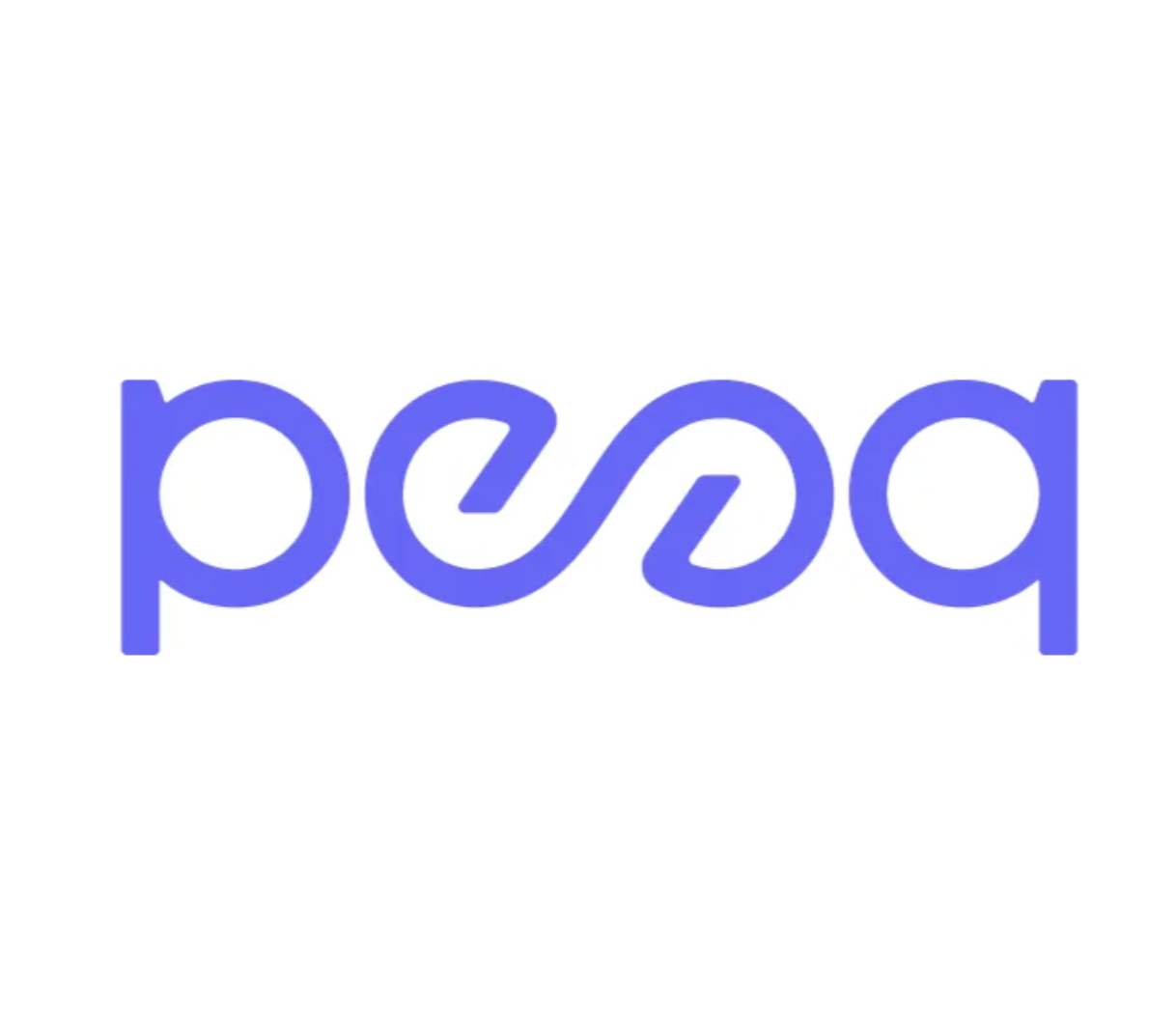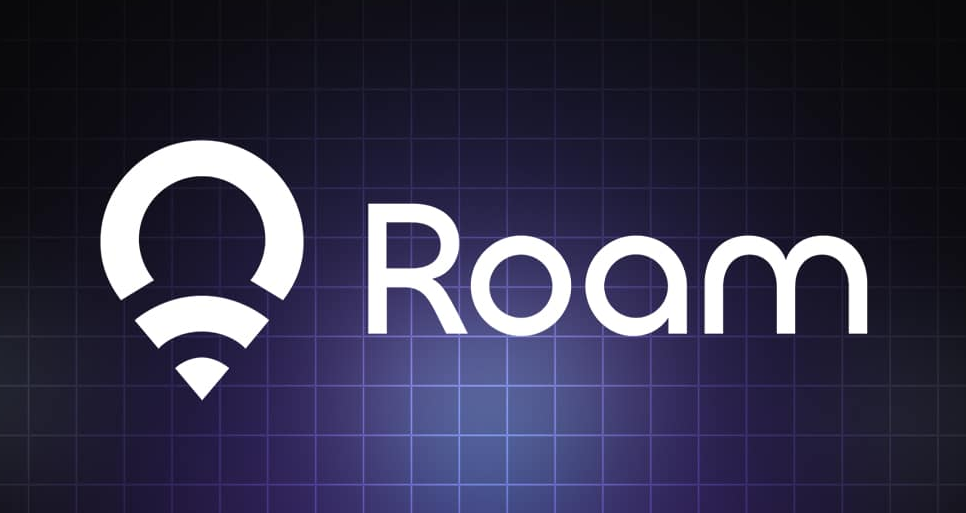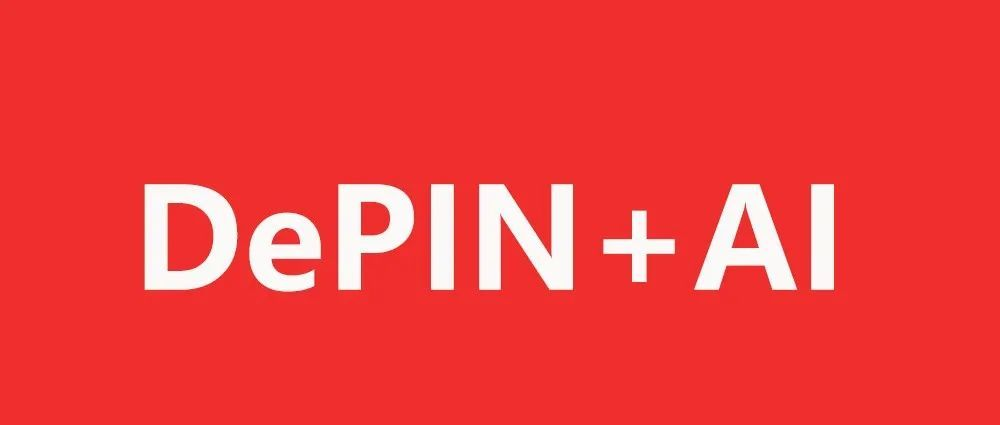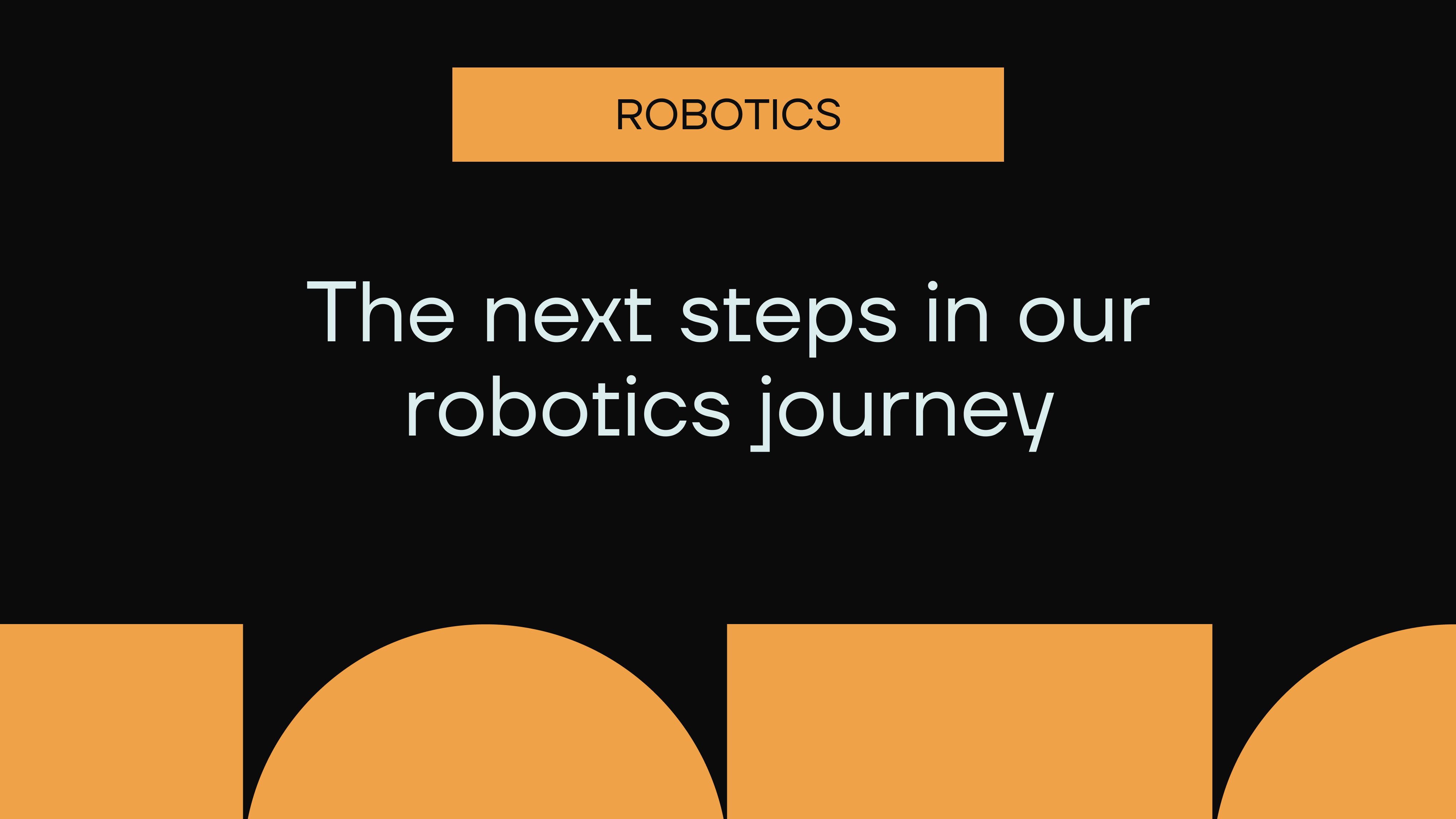The DePIN Explorer - DePIN Scan
Trending 🔥
DePIN Market Cap
$28,741,297,926
+13.0%
Volume
$27,529,529,991
+984.4%
DePIN Projects
308
DePIN Devices
20,023,867
+0.1%
DePIN Projects
DePIN Scan is the explorer for DePIN crypto projects. There are 308 DePIN Projects with a combined DePIN market cap of $28,741,297,926 and total DePIN devices of 20,023,867. Click into the projects below to learn how to start earning passive income today.
Project | Token | Category | Social Following | Market Cap | Token Price | 24h Trade VOL | 1D | 7D | 30D | Total Devices | Favorites | Last 7 days |
|---|---|---|---|---|---|---|---|---|---|---|---|---|
 | SOL | Chain | 2,983,977 | $98,518,130,529 | $203.2 | $4,381,744,783 | +6.1% | +2.7% | -9.4% | - | 7 | |
 | FIL | Server | 667,158 | $3,425,780,886 | $5.51 | $280,093,422 | +4.8% | +7.5% | -19.2% | 3,590 | 2 | |
 | THETA | ServerAI | 272,081 | $2,374,855,178 | $2.38 | $44,720,752 | +9.4% | +8.1% | -14.0% | 5,885 | 2 | |
 | HNT | Wireless | 215,970 | $884,178,158 | $5 | $17,343,366 | +0.4% | -15.1% | -47.0% | - | 2 | |
 | AKT | ServerAI | 121,321 | $793,456,523 | $3.21 | $12,874,996 | +8.4% | +1.6% | -14.2% | 472 | 1 | |
.jpg) | GRASS | ComputeAI | 529,819 | $698,254,090 | $2.86 | $109,103,584 | -1.7% | +6.2% | -22.4% | - | 10 | |
.jpg) | IO | ComputeAI | 512,187 | $441,957,531 | $3.27 | $106,919,282 | +12.0% | +4.1% | -16.7% | - | 1 | |
 | ATH | Compute | 843,871 | $377,509,726 | $0.06638 | $30,649,785 | +3.2% | +0.8% | -18.0% | - | 1 | |
 | IOTX | Chain | 327,853 | $350,004,028 | $0.03707 | $16,166,975 | -1.6% | -6.1% | -22.2% | - | 43 | |
 | PEAQ | Chain | 284,813 | $310,626,905 | $0.4714 | $28,903,973 | +3.6% | -14.6% | -19.1% | - | 7 | |
.jpg) | NOS | ComputeAI | 60,956 | $254,872,143 | $3.05 | $3,131,483 | +5.1% | -9.8% | -30.8% | - | 1 | |
 | HONEY | SensorAI | 50,652 | $230,043,807 | $0.07369 | $2,098,228 | +0.5% | -1.8% | -18.4% | 8,037 | 0 |

21 hours ago
Qubetics: The Top Altcoin to Watch in 2025As we approach 2025, the cryptocurrency market is buzzing with potential, particularly with altcoins that are not just about price but are also innovating the blockchain landscape. Stellar has recently made headlines with a remarkable 30% price surge, while Helium continues to show resilience amidst market volatility. These developments underscore the dynamic possibilities within the blockchain space, attracting the attention of investors seeking promising opportunities.
One standout project is Qubetics ($TICS), a Web3 aggregator that aims to tackle real-world problems through innovative solutions like Cross-Border Transactions and a Real World Asset Tokenization Marketplace. Currently in its 17th presale stage, Qubetics has raised over $9.5 million, with more than 418 million tokens sold. Its focus on simplifying cross-border payments for businesses and freelancers positions it as a top contender for those looking to invest in altcoins with significant growth potential. By offering a blockchain-based solution that minimizes fees and speeds up transactions, Qubetics is setting a new standard in the crypto industry.
While Stellar and Helium present strong use cases in their respective niches, Qubetics stands out for its comprehensive approach to blockchain innovation. Stellar's recent price increase highlights its role in cross-border payments, but it lacks the broader functionalities that Qubetics offers. Meanwhile, Helium's focus on IoT connectivity is impressive but limited compared to the multifaceted solutions provided by Qubetics. As the cryptocurrency market evolves, Qubetics is leading the charge, making it an exciting opportunity for investors looking to capitalize on the future of blockchain technology.

21 hours ago
Roam Emerges as Leader in DePIN with AI IntegrationThe DePIN (Decentralised Physical Infrastructure Networks) sector is experiencing a significant transformation, with Roam emerging as its new leader. Unlike other DePIN projects, Roam has yet to issue a coin, allowing ordinary users to participate and potentially earn rewards through airdrops. DePIN projects primarily focus on resource integration, encouraging users to share personal resources like storage space and communication traffic via token incentives. The market for DePIN has expanded rapidly, boasting nearly 4.56 million devices across 196 countries, valued at approximately $7.1 billion. Roam stands out with 1.18 million devices, dominating the DePIN landscape, especially in regions like Southeast Asia, where the crypto industry is flourishing.
Roam operates at the intersection of Web3 and telecommunications, providing a decentralized wireless network. Users can engage with Roam by purchasing hardware for mining or applying for eSIM cards to earn free data traffic through task completion. The Roam Telecom Data Layer is pivotal, comprising modules that enhance network infrastructure, incentivize user participation, and foster community governance. Roam's future plans include accelerating the implementation of this data layer and integrating AI, which is crucial for maintaining a competitive edge in the evolving DePIN landscape.
The integration of AI with Roam's decentralized infrastructure addresses critical data challenges faced by AI projects. By leveraging communication data, Roam aims to provide high-quality datasets while ensuring user privacy through decentralized identity technologies. This innovative approach not only enhances the data quality available for AI training but also expands the breadth of data sources. Ordinary users can participate in DePIN by sharing their Wi-Fi, earning points, and engaging in airdrop opportunities, thus lowering the barrier to entry and fostering broader community involvement in this burgeoning sector.

21 hours ago
Exploring DePIN: The Intersection of Blockchain and Real-World ApplicationsIn a recent podcast, Colin Wu, founder of WuSay, and EO Hao, CEO of Future Money Group, engaged in a deep discussion about the evolution of Decentralized Physical Infrastructure Networks (DePIN) and its integration with real-world applications. They explored the historical context of DePIN, its investment rationale, and its synergy with hardware and AI. The conversation highlighted the influence of ecosystems like Ethereum and Solana on DePIN, as well as the impact of varying cultural backgrounds among participants in shaping the future of this domain. They also touched on the evolving regulatory landscape in the U.S. and its potential to foster Web3 and DePIN, alongside opportunities for real-world assets (RWA) and hardware mining to converge with blockchain technology.
EO Hao shared his journey into the cryptocurrency space, starting from traditional finance and moving into fintech before establishing Future Money Group. He emphasized the importance of real-world applications, particularly in DePIN and RWA, which have been the focus of their investments for several years. The discussion also delved into the significance of Solana's ecosystem in promoting DePIN, with EO noting that their early investment in Solana was pivotal in their understanding of the DePIN concept. Both speakers acknowledged the historical roots of DePIN, tracing back to Bitcoin and earlier projects like Helium and Filecoin, while also recognizing the current trend toward AI-driven applications.
The podcast concluded with a discussion on the future of DePIN and its potential to reshape the cryptocurrency landscape. EO expressed optimism about the integration of AI and blockchain, particularly in areas like computing power markets and data collection. He noted that the U.S. regulatory environment is becoming more favorable for crypto and DePIN projects, which could lead to greater public participation and practical applications. As the industry evolves, the focus is shifting towards projects that offer tangible benefits to society, moving away from speculative tendencies and towards sustainable growth in the blockchain ecosystem.

21 hours ago
Auki Labs Enhances Retail Robotics with New InnovationsRetail stores globally are grappling with a significant staffing shortage, a trend exacerbated by demographic shifts in developed nations. To tackle this challenge, Auki Labs is intensifying its focus on robotics and AI, believing these technologies can enhance operational efficiency and improve customer experiences. The company has recently announced two key updates regarding its robotics initiatives, which include advancements in their proprietary robot and efforts to ensure compatibility with robots from other manufacturers, starting with Unitree's models. This initiative aims to create an interoperable machine perception network that allows various robots and devices to collaborate seamlessly in commercial spaces.
The first update highlights enhancements made to Auki's store robot, which now boasts increased interactivity and smarter functionalities. A new front-facing camera provides real-time data to a reconstruction server, enabling the robot to maintain an updated digital representation of its environment. This improvement not only enhances the robot's spatial awareness but also automates the mapping process. Furthermore, the robot features a touch screen interface, allowing customers to search for products and receive guided assistance, thereby streamlining one of the most common customer service interactions in retail. This capability is particularly crucial given the ongoing staffing challenges faced by retailers.
The second update introduces the Unitree Go2-W, a robotic guard dog designed to patrol retail environments. Equipped with sensors and a searchlight, this robot can monitor store conditions and alert staff to potential issues, such as abandoned packages. Auki Labs is committed to advancing the integration of various robotic technologies through its Auki network, enhancing their capabilities and creating a more efficient retail experience. As Auki Labs continues to innovate in the realm of robotics and spatial computing, the future of retail appears poised for transformation, promising improved service and operational efficiency in the face of ongoing staffing shortages.
Signup for latest DePIN news and updates

.png)


.png)



.jpeg)

